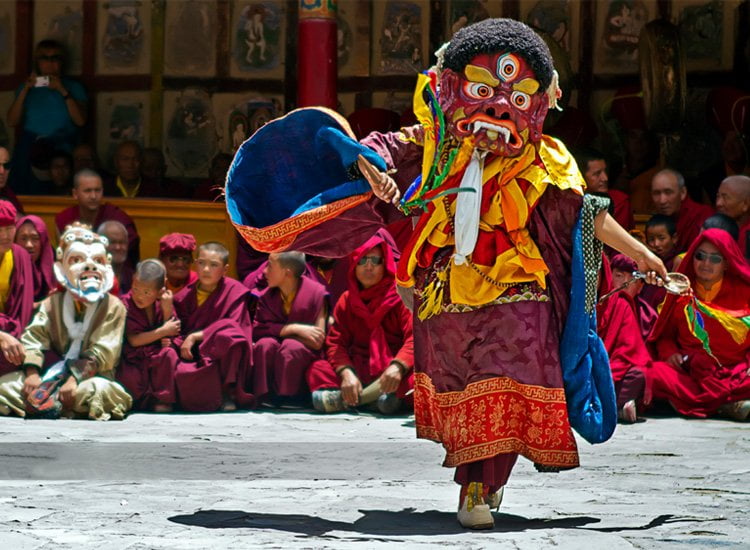Indian Heritage and Culture
Performing Arts
Dance
- Dance in India has an unbroken tradition of over 2,000 years. Its themes are derived from mythology, legends and classical literature. Its two main divisions are classical and folk.
- In traditional Indian culture the function of dance was to give symbolic expression to religious ideas. The figure of Lord Shiva as Nataraja represents the creation and destruction of the cosmic cycle.\
- Classical dance forms are based on ancient dance discipline and have rigid rules of presentation. Important among them are Bharata Natyam, Kathakali, Kathak, Manipuri, Kuchipudi and Odissi.
Features
- Mudra or hand gestures are used by the artists as a short-hand sign language to narrate a story and to demonstrate certain concepts.
- Many classical dances include facial expressions as an integral part of the dance form.
- Nartanam: Dances performed inside the sanctum of the temple according to the rituals.
- Carnatakam Dances were performed in royal courts.
Cham Dance: The Masked Ritual (Ladakh)
Cham is a unique dance form found on the continent of Asia, in countries with land near the Himalayan mountain range. While the true history and origins of this form are hard to trace, it is deeply rooted and practiced in Tibet, Bhutan, India in Nepal. The word ‘chams’ is of Tibetan origin, and simply means “a dance.” This ancient ritual mask dance is most unique, perhaps, because it is danced exclusively by monks, and often performed outside of monasteries, or during multi-day religious festivals.

